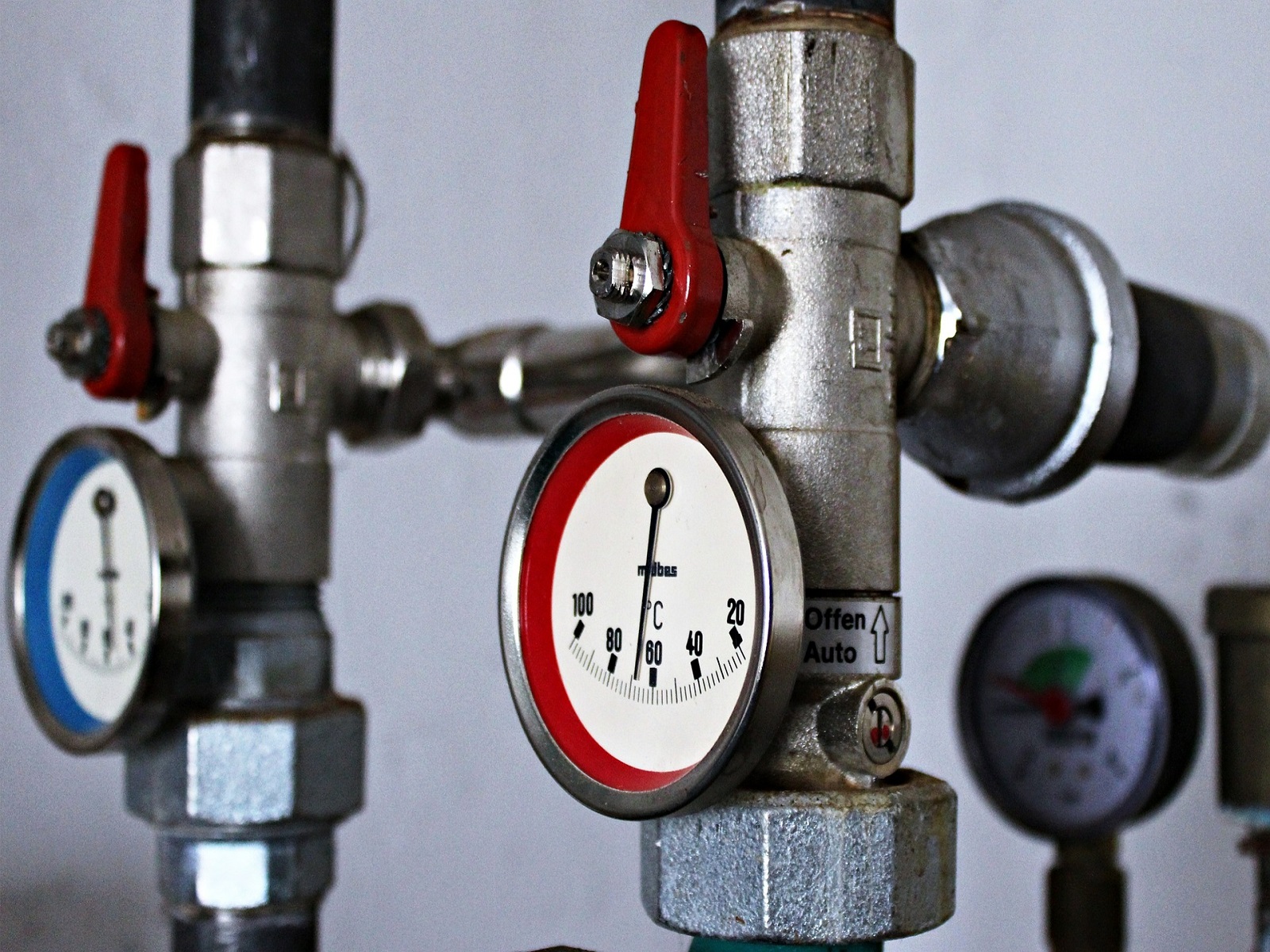Exploring geothermal potential and (local) heat exchange in the Rhineland Region

D4 and Firan, together with the Trappenberg-Kloosterschuur horticultural cluster, are exploring the possibilities for heat exchange among market gardeners and the business case for a local heating grid. There is potential in the region to develop geothermal energy to provide the Dune and Bulb Region and surrounding areas with sustainable heat. The Dune and Bulb Region can use this exploration to help other regions in their energy transition!
What is geothermal heat?
Geothermal heat is a form of sustainable heating. Deep underground (sometimes more than two kilometres deep) there is hot water. The Earth’s core heats this subterranean water. We can use this hot water to heat houses and greenhouse horticulture, instead of burning natural gas. Once the heat is extracted from the water, the cold water is pumped back into the ground so that it heats up again.
This heat source is ideal for meeting the base load heat demand in urban areas, businesses and greenhouse horticulture, because geothermal heat is not dependent on the weather: the sun and wind. The technology is not new and is already being used on a large scale; for instance, in the Westland region to provide market gardeners with heat.
Geothermal heat in the Rhineland region
In the context of geothermal energy in the Rhineland region, D4 and Shell are jointly investigating the potential geothermal heating. They submitted an exploration licence for this in April 2020. The way things are looking, it is likely that several geothermal wells will be sunk in the Rhineland area.
The various heat sources can be linked to those requiring heat on a regional scale via a heating infrastructure that will be able to supply the entire region with sustainable heating. That is why D4 and Firan are exploring the possibilities for a heat transport infrastructure in the Rhineland region. And, in parallel, they are investigating the possibilities for developing local heating grids together with market gardeners from Trappenberg-Kloosterschuur and other interested parties.
That is why D4 and Firan will be holding talks with the greenhouse horticulture companies at Trappenberg-Kloosterschuur in the near future. The heating not used by one market gardener can be used by a neighbour. This can dramatically reduce fossil gas consumption for heating. A newly installed heating grid can make this exchange of heat possible. In the future, the heating grid can be fed with other heat sources; for instance, with geothermal heat (or other heat sources if they are available).
The heat exchange among the market gardeners and the connection to the geothermal heating grid can be used to kick-start the transition to alternative heat sources in the entire region. So the initiatives reinforce each other. If geothermal heat becomes available, then this heat source can be connected to the heating grid in no time at all.
Questions?
Would you like to know more?
Working together on the Sustainable Greenport Dune and Bulb Region programme. – &Flux (nflux.nl)